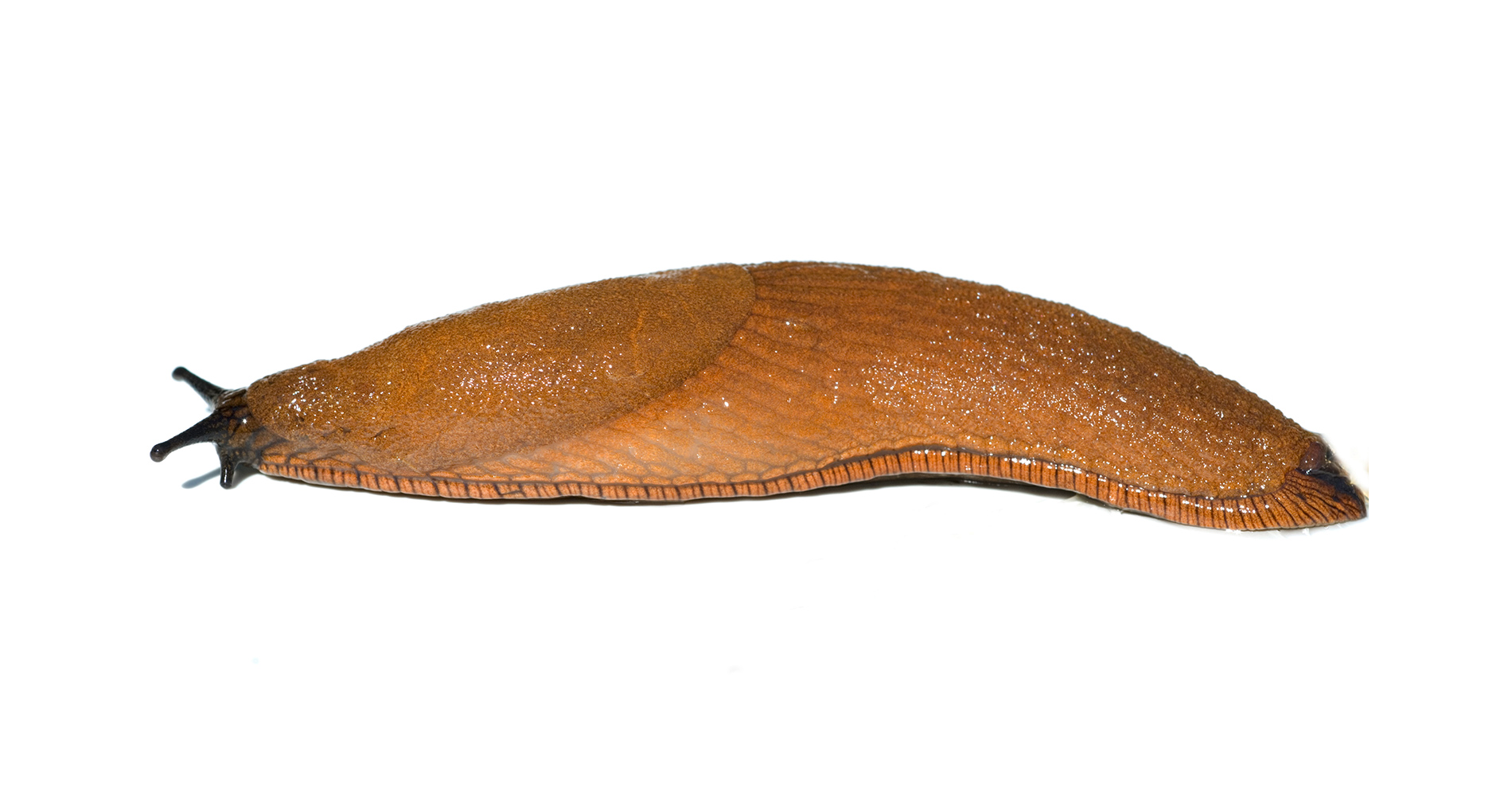Snails and slugs
(Gastropoda)

Biology:
Snails and slugs (gastropoda class) are a member of the mollusc phylum with calcareous shells on their back, which act as housing and can be lots of different shapes. However, some individual species do not have a shell at all (slugs). The creatures have a wide, muscular foot and use this to move on a slime trail. Snails have a one pair of short and one pair of long, retractable tentacles on their head, at the ends of which their eyes are located. Land-based snails are hermaphrodites and are dependent on a damp environment. As a result, they are only active in wet weather and mostly at night. In the day and when it is dry, they hide in damp areas in the soil, under stones, in high grass, etc.
Damage:
Snails feed on a huge range of different plant parts. They have very high nutritional requirements to some extent and can cause significant damage or even total destruction in agriculture, ornamental gardens and vegetable gardens.
In horticulture, slugs from the Arionidae (roundback slugs) and the Limacidae (keelback slugs) families are the main pests. In addition to the Spanish slug, the most significant types are the grey field slug (Deroceras reticulatum) and the garden slug (Arion hortensis).
Snails can appear en masse, particularly in years when it is damp and warm, or in wet places.
